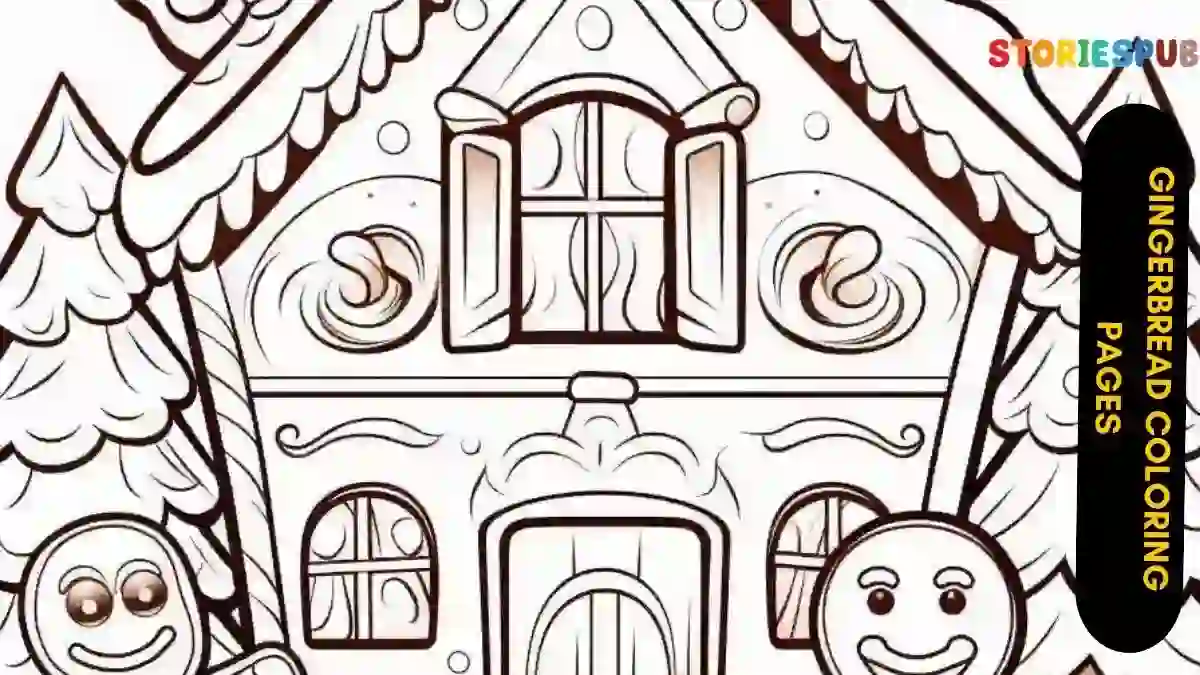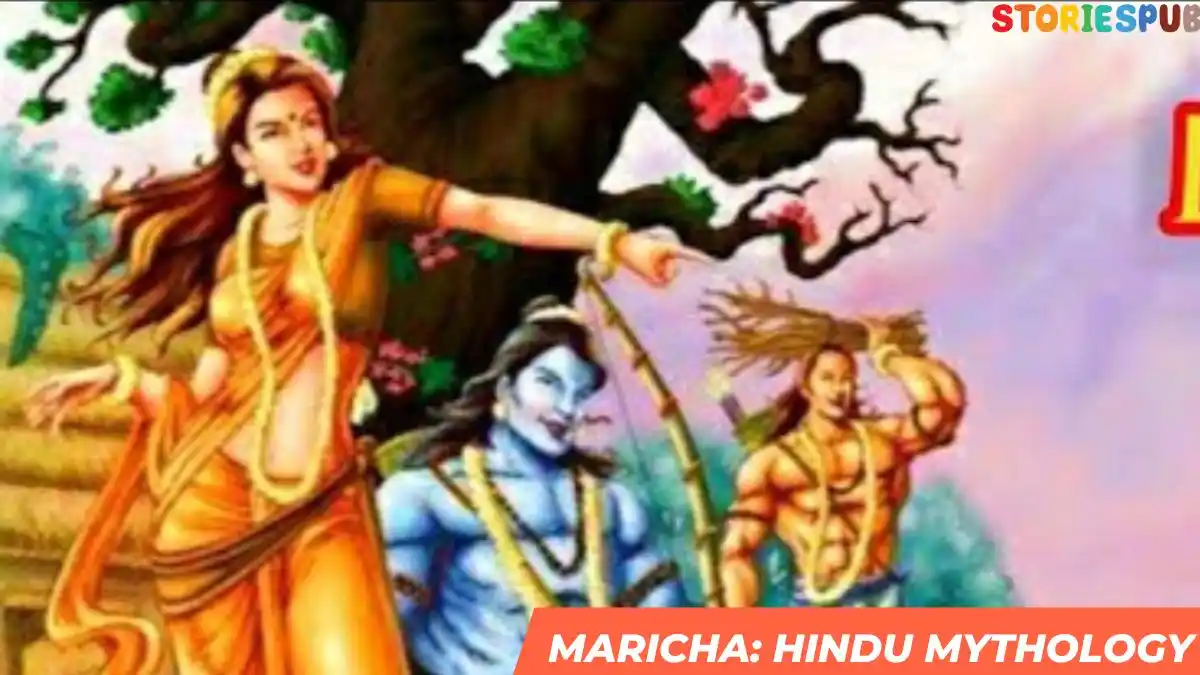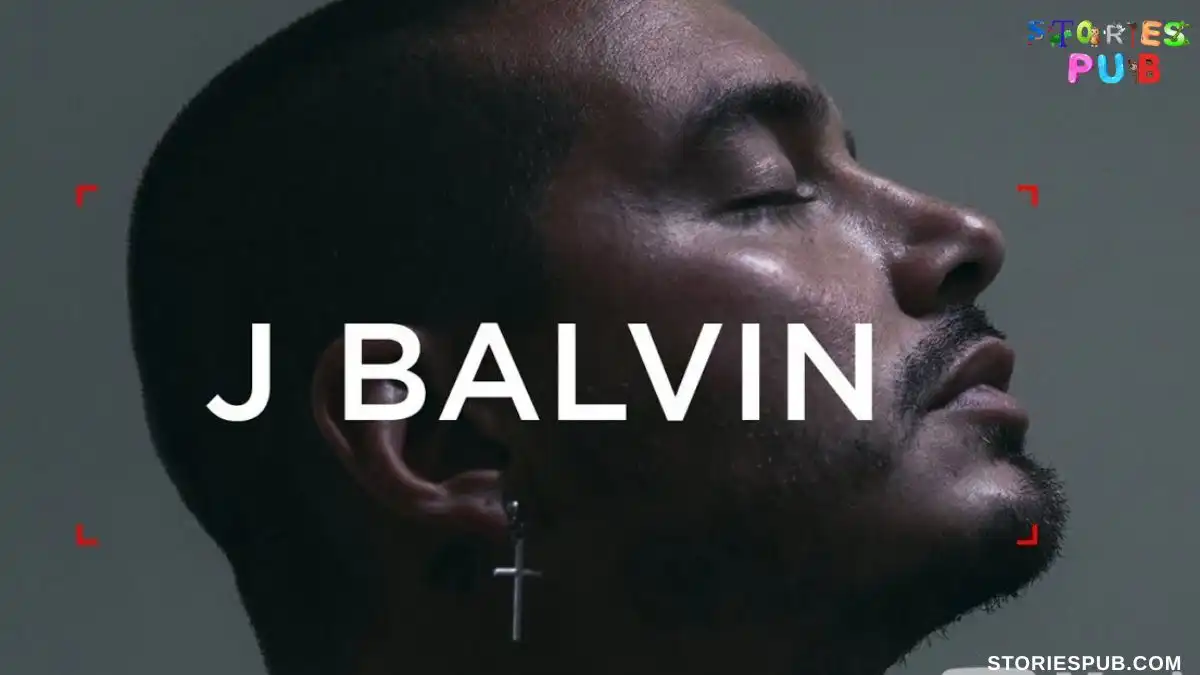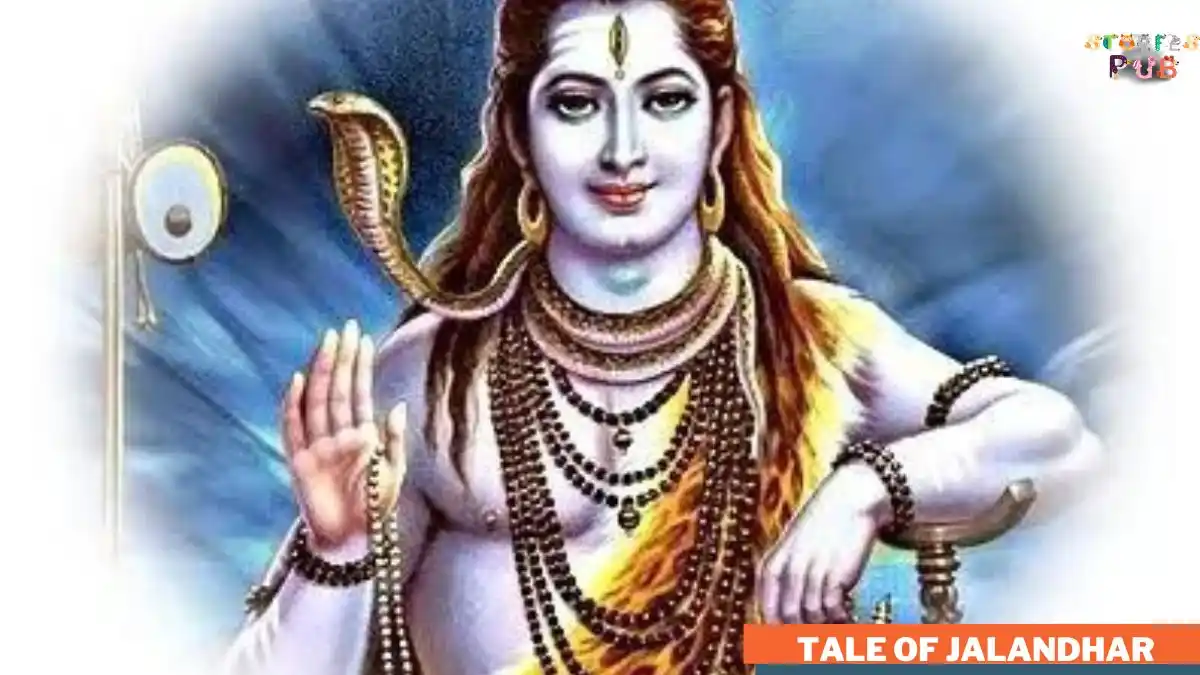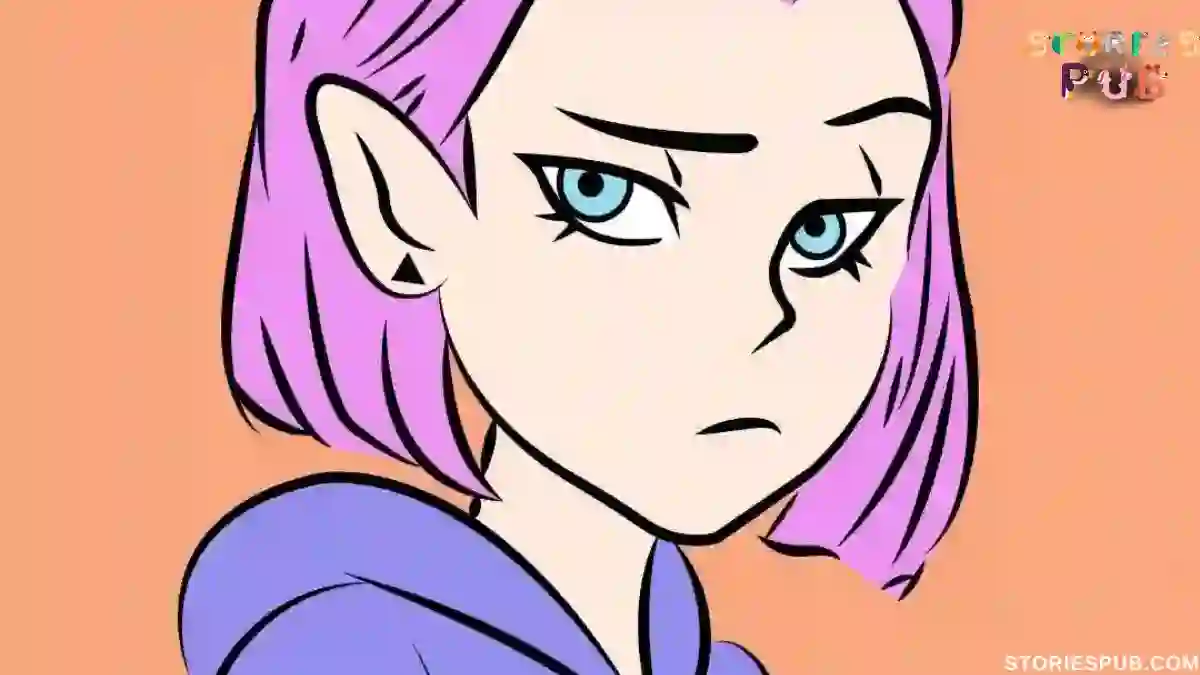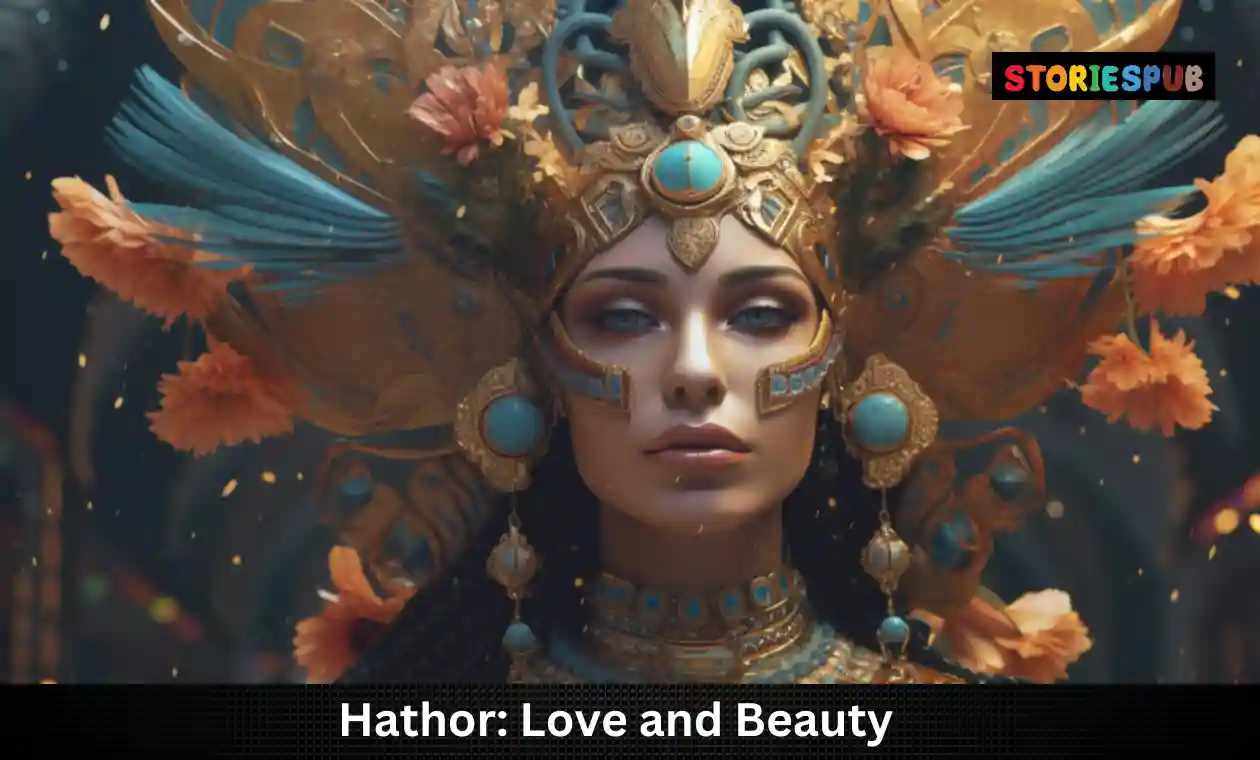Exploring Frida Kahlo’s Biography: From Tragedy to Triumph

Frida Kahlo, a prominent Mexican artist and feminist icon, left an indelible mark on the art world with her captivating self-portraits and unique artistic style. Born in 1907, Kahlo’s life and art were deeply intertwined, reflecting her struggles, cultural heritage, and unyielding spirit.
Her self-portraits, characterized by vibrant colors and symbolic elements, delve into the depths of her emotions, inviting viewers into her world of pain, resilience, and identity. Kahlo’s work transcended artistic boundaries, resonating with audiences worldwide and becoming a symbol of artistic expression and empowerment.
In this biography, we delve into Kahlo’s fascinating life, her contributions to art and feminism, and the enduring legacy she left behind as a revered artist and cultural icon. Join us as we explore the captivating journey of Frida Kahlo, the woman behind the enigmatic self-portraits.
Personal and Professional Details
| Full Name | Magdalena Carmen Frida Kahlo y Calderón |
| Date of Birth | 06-Jul-07 |
| Place of Birth | Coyoacán, Mexico City, Mexico |
| Nationality | Mexican |
| Profession | Artist, Painter |
| Artistic Style | Surrealism, Symbolism |
| Famous For | Self-portraits, Feminist icons, Mexican culture |
| Spouse | Diego Rivera (Mexican muralist) |
| Health Issues | Polio as a child, Bus accident resulting in injuries |
| Political Views | An active supporter of social justice and indigenous rights |
| Influences | Mexican folk art, Pre-Columbian art, Diego Rivera |
| Artistic Legacy | Inspiring future generations, global recognition |
Early Life and Influences
Frida Kahlo’s early life laid the foundation for her remarkable artistic journey. Born on July 6, 1907, in Coyoacán, Mexico, Kahlo was the daughter of a German father and a mestiza mother of indigenous and Spanish descent. Her childhood was marked by both joy and tragedy. At the age of six, she contracted polio, which left her with a lifelong limp and served as a constant reminder of her physical pain. Despite this, Kahlo found solace in her imagination and discovered her passion for painting.
Kahlo’s love for art was nurtured by her parents, who recognized her talent and encouraged her to pursue her creative aspirations. Influenced by Mexican folk art, religious iconography, and the works of Mexican muralists, such as Diego Rivera, Kahlo developed a unique artistic style that blended symbolism, realism, and surrealism. These early influences shaped her artistic identity and laid the groundwork for the introspective and deeply personal nature of her later works.
Frida Kahlo would explore themes of identity, gender, pain, and Mexican culture. Her art would become a powerful tool for self-expression and a means of processing her physical and emotional anguish. The early years of Kahlo’s life not only shaped her artistic vision but also instilled in her a resilient spirit and determination to overcome adversity, which would become central themes in her artistry.
Marriage to Diego Rivera and Artistic Collaboration
One of the significant chapters in Frida Kahlo’s life was her marriage to renowned Mexican muralist Diego Rivera. In 1929, at the age of 22, Kahlo first encountered Rivera while he was painting a mural at her high school. Their encounter would mark the beginning of a passionate and tumultuous relationship that would profoundly impact Kahlo’s life and art.
Kahlo and Rivera’s marriage was characterized by a complex dynamic of love, infidelity, and artistic collaboration. They shared a deep connection rooted in their shared Mexican heritage, political ideologies, and mutual admiration for each other’s art. Rivera, who recognized Kahlo’s exceptional talent, encouraged her artistic pursuits and provided valuable guidance and feedback. Under his mentorship, Kahlo refined her skills and developed a distinctive artistic style that captured the essence of her experiences and emotions.
While Rivera’s influence on Kahlo’s art is undeniable, Kahlo’s work stands on its own as a testament to her unique voice and perspective. Despite the challenges they faced in their relationship, Kahlo’s art remained deeply personal and introspective. Her self-portraits, often depicting herself in vibrant traditional Mexican attire, showcased her identity and femininity, challenging societal norms and elevating her to a feminist icon.
Together, Kahlo and Rivera embarked on numerous artistic collaborations, engaging in vibrant exchanges of ideas and styles. They often exhibited their works side by side, creating a fascinating dialogue between their distinct artistic visions. Despite their complicated relationship, their artistic partnership played a significant role in Kahlo’s artistic development, contributing to the evolution of her style and the exploration of new themes and techniques.
Kahlo’s marriage to Diego Rivera not only shaped her art but also provided her with a supportive and inspiring environment to express her innermost emotions and experiences. Their union was a pivotal force in Kahlo’s life, fueling her creativity and establishing her as a groundbreaking artist in her own right.
Artistic Style and Symbolism
Frida Kahlo’s artistic style is often described as surrealist, although she resisted being categorized under any specific art movement. Her unique approach to painting combined elements of realism, symbolism, and fantasy, resulting in deeply introspective and emotionally charged artworks.
Kahlo’s use of surrealism allowed her to transcend the boundaries of reality and delve into the realm of dreams and the subconscious. She skillfully blended the ordinary with the extraordinary, creating a visual language that reflected the complexities of her inner world. Through vivid and dreamlike imagery, Kahlo explored profound emotions, fears, and desires, inviting viewers to delve into the depths of her psyche.
Symbolism played a crucial role in Kahlo’s art, with each element carefully chosen to convey specific meanings and messages. Her self-portraits often feature symbolic elements that serve as metaphors for her experiences and identity. For instance, the iconic unibrow and mustache she depicted challenged conventional standards of beauty and embraced her unique appearance.
Recurring themes in Kahlo’s art include identity, pain, and cultural heritage. As a woman of mixed heritage, Kahlo grappled with questions of identity and used her art as a means of self-discovery and self-expression. She often portrayed herself in traditional Mexican clothing and incorporated indigenous symbols and motifs into her paintings, emphasizing her deep connection to her cultural roots.
both physical and emotional, is another prevalent theme in Kahlo’s work. Her art became a cathartic outlet for her suffering, as she endured numerous health issues and underwent multiple surgeries throughout her life. Through her paintings, Kahlo transformed her pain into powerful expressions of resilience and strength.
Kahlo’s art is deeply personal, revealing her innermost thoughts and struggles. By sharing her own experiences, she connected with a universal human experience, evoking empathy and inviting viewers to confront their own emotions and vulnerabilities. Her art is a testament to the power of self-expression and serves as a source of inspiration for generations of artists and art enthusiasts alike.
Feminism and Political Activism
Frida Kahlo’s life and art have made her an enduring symbol of feminism and a source of inspiration for women around the world. As a woman who defied societal norms and embraced her own unique identity, Kahlo became a trailblazer for female artists and a powerful voice for gender equality.
Kahlo’s art boldly challenged the traditional portrayal of women in art history. Through her self-portraits, she explored the complexities of female identity, exposing the layers of her psyche and emotions. Kahlo rejected the idealized and objectified depiction of women and instead portrayed herself as a strong, complex individual with agency and depth. The unapologetic celebration of her own body and appearance sent a powerful message of self-acceptance and empowerment.
Kahlo was an active participant in the feminist movement of her time. She advocated for women’s rights and gender equality, engaging in discussions on topics such as reproductive rights and the role of women in society. Kahlo’s personal experiences with physical pain and the limitations imposed on her due to her disabilities also informed her understanding of the struggles faced by women.
Kahlo’s political activism extended beyond feminism as well. She was deeply committed to social justice and fought against oppression and inequality in all its forms. She embraced her Mexican heritage and used her art as a means of expressing her political beliefs and highlighting the plight of marginalized communities. Kahlo was an outspoken critic of imperialism and colonialism, using her platform to shed light on the experiences of indigenous peoples and to challenge dominant narratives.
Frida Kahlo left an indelible mark on the feminist movement and the fight for social justice. Her legacy continues to inspire generations of women to embrace their voices, celebrate their uniqueness, and challenge societal norms. Kahlo’s unwavering commitment to self-expression, equality, and human rights makes her an enduring icon and a force for change in the world.
Personal Struggles and Resilience
Frida Kahlo’s life was marked by a series of profound challenges that tested her physical and emotional resilience. Her journey was defined by pain, both physical and emotional, which she transformed into powerful expressions of art.
At the age of 18, Kahlo suffered a devastating bus accident that left her with severe injuries, including a fractured spine and pelvis. This accident had a profound impact on her life, confining her to a bed for long periods and subjecting her to numerous surgeries and treatments. Kahlo endured excruciating physical pain throughout her life, which became a recurring theme in her artwork. Her self-portraits often depicted her in casts and bandages, capturing her anguish and the profound impact her injuries had on her daily existence.
Kahlo faced emotional turmoil, including a tumultuous relationship with her husband, Diego Rivera. Their marriage was marked by infidelity, which caused immense pain and heartbreak for Kahlo. These emotional struggles found their way into her art, as she used her canvas as a means of catharsis and self-exploration.
Kahlo demonstrated immense resilience and determination. She channeled her pain and suffering into her art, using it as a tool for self-expression and healing. Through her self-portraits, she confronted her vulnerabilities and transformed them into a source of strength.
Kahlo’s ability to find beauty and meaning amidst adversity is a testament to her indomitable spirit. Her art became a vehicle for self-discovery and a way to communicate her experiences to the world. Through her vivid and introspective paintings, Kahlo invited viewers into her inner world, offering a glimpse into her struggles and triumphs.
Kahlo’s resilience serves as an inspiration for all those facing adversity. Her ability to find solace and empowerment through artistic expression is a testament to the power of creativity and the human spirit. Despite the challenges she faced, Kahlo left behind a legacy of strength, courage, and unwavering determination, reminding us all of the transformative power of art and the resilience of the human soul.
Cultural Legacy and Impact
Frida Kahlo’s impact on the art world and popular culture is immeasurable. Her unique artistic vision and compelling life story have cemented her status as a global icon, inspiring countless artists and captivating audiences worldwide.
Kahlo’s art challenged traditional norms and defied categorization, making her an influential figure in the surrealist and modern art movements. Her bold use of color, intricate symbolism, and deeply personal subject matter set her apart from her contemporaries. Through her self-portraits, Kahlo explored themes of identity, gender, and cultural heritage, creating a visual language that resonated with audiences on a profound level.
Kahlo’s unapologetic embrace of her Mexican identity has had a profound impact on representing Mexican culture globally. She celebrated her heritage through her choice of attire, incorporating traditional Mexican clothing and jewelry into her self-portraits. By doing so, Kahlo challenged stereotypes and offered a nuanced and authentic portrayal of Mexican culture.
Kahlo’s art continues to inspire and empower future generations of artists. Her ability to convey complex emotions and personal experiences through visual imagery is a testament to the power of art as a universal language. Her courage in sharing her pain, struggles, and triumphs has resonated with audiences worldwide, creating a sense of empathy and connection that transcends cultural boundaries.
Kahlo has become an enduring symbol of strength, resilience, and female empowerment. Her distinctive unibrow, vibrant traditional outfits, and signature style have been embraced and celebrated, becoming synonymous with her name. Kahlo’s image has appeared on everything from merchandise to fashion runways, further solidifying her status as a cultural icon.
Kahlo’s impact extends beyond the art world. Her unwavering spirit and fierce determination in the face of adversity have made her an inspiration for individuals from all walks of life. She has become an emblem of overcoming obstacles, embracing individuality, and embracing one’s unique identity.
Frida Kahlo’s cultural legacy is an enduring one. Her art continues to captivate audiences, provoke thought, and inspire social and political discourse. Her ability to challenge societal norms, represent her Mexican heritage, and transcend boundaries with her deeply personal art has solidified her place as an icon of the 20th century. Frida Kahlo’s legacy will forever be remembered for her contribution to the world of art and her profound influence on culture and society as a whole.
Recognition and Art Exhibitions
Despite facing challenges and limited recognition during her lifetime, Frida Kahlo’s posthumous fame has soared, and her art has garnered worldwide acclaim. Her unique artistic vision and the raw emotion conveyed in her works have resonated with audiences, leading to a growing appreciation for her artistry.
numerous art exhibitions dedicated to Frida Kahlo’s work have been held around the world. These exhibitions serve as a testament to her enduring influence and the universal appeal of her art. They offer a comprehensive exploration of her life, artistic process, and the themes that permeate her work.
Prominent museums, such as the Frida Kahlo Museum in Mexico City (also known as Casa Azul), showcase an extensive collection of her paintings, personal belongings, and artifacts, providing visitors with an intimate understanding of Kahlo’s life and artistic journey. This museum, located in her childhood home, offers a rare glimpse into the world that shaped her artistic expression.
including the Museum of Modern Art (MoMA) in New York and the Tate Modern in London, have dedicated exhibitions to Frida Kahlo’s works. These exhibitions attract art enthusiasts and admirers from all over the world, allowing them to experience the power and beauty of Kahlo’s art firsthand.
raveling exhibitions featuring Kahlo’s art have made their way to various cities, enabling a wider audience to appreciate her work. These exhibitions often include her iconic self-portraits, as well as lesser-known pieces that shed light on different aspects of her artistic journey.
Frida Kahlo’s art exhibitions offer a multi-dimensional experience, providing insights into her life, inspirations, and the socio-political context in which she created her works. They allow visitors to delve into her world, exploring themes of identity, pain, love, and resilience that are central to her art.
The enduring popularity of Frida Kahlo’s art exhibitions demonstrates the timeless appeal and universal relevance of her work. Her ability to capture the human experience and convey profound emotions through her art continues to captivate and inspire audiences worldwide. Through these exhibitions, her legacy as a groundbreaking artist and feminist icon is perpetuated, ensuring that future generations can appreciate and draw inspiration from her remarkable artistic contributions.
Conclusion
Frida Kahlo’s artistic journey has left an indelible mark on the art world and beyond. Through her unique style, powerful symbolism, and intimate self-portraits, she has become an iconic figure in the realm of art. Her works not only showcase her struggles and resilience but also address broader themes of identity, feminism, and cultural heritage.
Kahlo’s art and life story continue to inspire generations, challenging societal norms and advocating for gender equality. Her unapologetic exploration of pain, love, and vulnerability has resonated with audiences worldwide, transcending cultural boundaries.
Kahlo’s legacy extends beyond the canvas, as her art has become a symbol of cultural representation, celebrating Mexican heritage and challenging stereotypes. Through art exhibitions and museums dedicated to her works, her impact is perpetuated, allowing new audiences to connect with her artistry and delve into the complex layers of her life.
Frida Kahlo’s art will forever serve as a testament to the power of self-expression, resilience, and the ability of art to provoke emotions and ignite social change. Her enduring legacy will continue to captivate and inspire generations to come, ensuring that her contributions to the
Hey kids, how much did you like Exploring Frida Kahlo’s Biography: From Tragedy to Triumph? Please share your view in the comment box. Also, please share this story with your friends on social media so they can also enjoy it, and for more such biography, please bookmark storiespub.com.
Suggested Biography –
Frida Kahlo FAQs
What is Frida Kahlo known for?
Frida Kahlo is known for her unique artistic style, self-portraits, and her role as a feminist icon.
Where was Frida Kahlo born?
Frida Kahlo was born in Coyoacán, Mexico City, Mexico.
What is the significance of Frida Kahlo's self-portraits?
Frida Kahlo's self-portraits offer an intimate exploration of her life, emotions, and personal experiences.
Did Frida Kahlo have any disabilities?
Yes, Frida Kahlo experienced lifelong physical disabilities due to a bus accident in her youth.
Was Frida Kahlo politically active?
Yes, Frida Kahlo was politically active and expressed her beliefs through her art, supporting social justice and indigenous rights.


